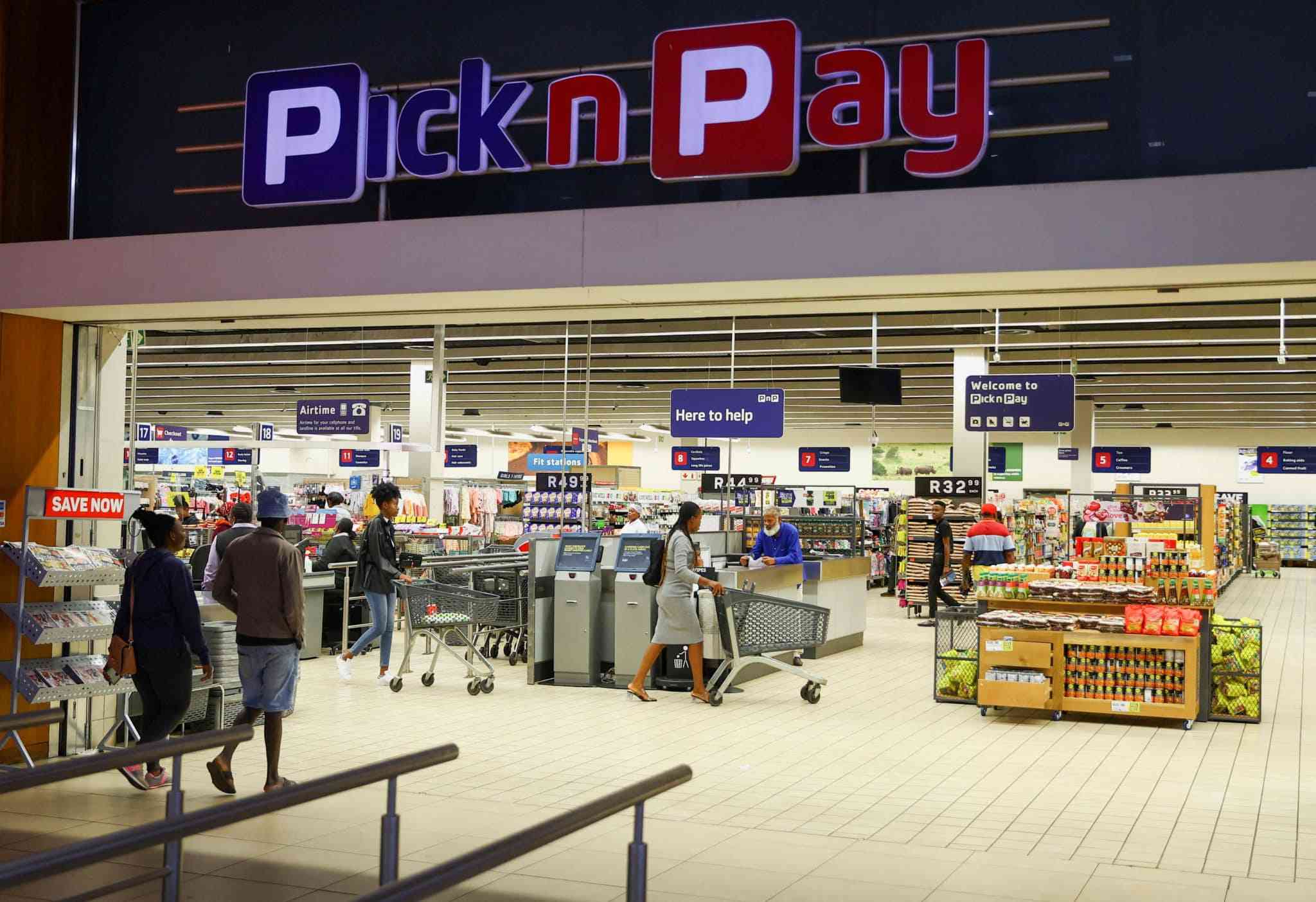
IN 2022, the World Bank published the Zimbabwe Country Economic Memorandum titled Boosting Productivity and Quality of Jobs.
According to the report, the Zimbabwean economy remains largely informal given that the underground economy contributes more than 50% to Gross Domestic Product (GDP).
Even though the government of Zimbabwe has managed to improve efficiency of formal institutions, such as access to funding, access to entrepreneurial education, policies and procedures, the rate of formalisation has remained low as most people are employed in the informal sector as illustrated in the diagram:
Piggy has noted that the informal nature of the economy makes access to healthcare insurance a formidable challenge. As a result, households do not have recourse to mechanisms that will protect the financial resources during times of ill-health.
Most functional health insurance schemes are associated with formal sector employment as they require regular contributions compatible with formal sector earning.
Health insurance schemes function as a financial arrangement for mobilising and pooling funds to cover all, or part of the cost of health care for contributors to the pool.
The existence of a pool facilitates the realisation of economies of scale. A scheme’s financial performance is a function of contributions, the cost of health care consumed by the insured, the level of external subsidy, the size of the pool, and the extent of economies of scale achieved.
Health insurance schemes targeted at the informal sector in Africa usually take any for the following three models:
- Poor policies, informal sector hamstring Zim growth: WB
- ACE Air named as a global finalist for the Air Ambulance Company of the Year Award
- US$25m Hippo Valley project gets analysts thumbs up
- Insurance for the informal sector
Keep Reading
Mutual benefit society model: This is where the officials are members of an identifiable group whose contributions make up the pools and are responsible for management activities, such as determining benefits and contributions.
In provider insurance models: The officials originate from the health care provider institution (or from the ultimate provider organisation, such as the government or mission health administration) and manage both the insurance and the health care aspects of the scheme, similar to Health Maintenance Organisations (HMOs).
Mutual provider Partnership Model: The officials are responsible for managing the insurance product and providing health care and are drawn from members of a mutual society as well as a health care provider organisation.
Generally, the integration of insurance management and health care provision in a scheme provides strong motivation for providing health promotion services and preventive care to limit benefit claims.
However, schemes intended for the informal sector are confronted with several constraints such as low and irregular contributions from members.
That said, the emergence of microinsurance promises to solve the issue of the lack of insurance within the informal sector. Microinsurance refers to insurance products that offer coverage to low-income households.
A microinsurance plan provides protection to individuals, who have little savings and is tailored specifically for lower valued assets and compensation for illness, injury, or death.
It is prevalent in developing countries where the insurance market is non-existent or inefficient. This focus on the low-income market gives rise to distinct means of distributions and unique products.
From a Sub-Saharan African context, microinsurance is critical given that it offers coverage to informal, low-income households or to individuals who have little savings.
Estimates indicate that approximately 1,7 billion people in the world are unbanked and c350million of them are in Sub Saharan Africa (SSA).
The most significant difference between conventional insurance and microinsurance is the size of the premium and the insured amount.
Premiums and coverage limits are typically low and paid in sporadic instalments because of the irregular income streams of the insured. A key feature that has helped make micro-insurance popular is the ability of micro-insurers to deliver their products to customers via mobile phones, which is cost effective and allows the insurer access to a segment of society that often only have mobile phones to access technology.
Overall, an opportunity exists in Zimbabwe to develop micro-insurance products targeted at the informal economy. For example, EcoLife launched a micro-pension fund for Zimbabwe’s informal sector workers called Dura/Isiphala Pension Fund.
The unique micro-pension fund product allows people in the informal sector to save for retirement and is expected to drive the uptake of pensions by informal sector workers.
There is indeed a strategic logic for more players to extend this concept to cover health, disability, and loss of income, particularly targeting the informal sector.
- Get more insights by joining a PiggyBankAdvisor WhatsApp Group (+263 78 358 4745).
- Matsika is the managing partner at Mark & Associates Consulting Group and founder of piggybankadvisor.com. — [email protected]/[email protected] or +263 78 358 4745.










